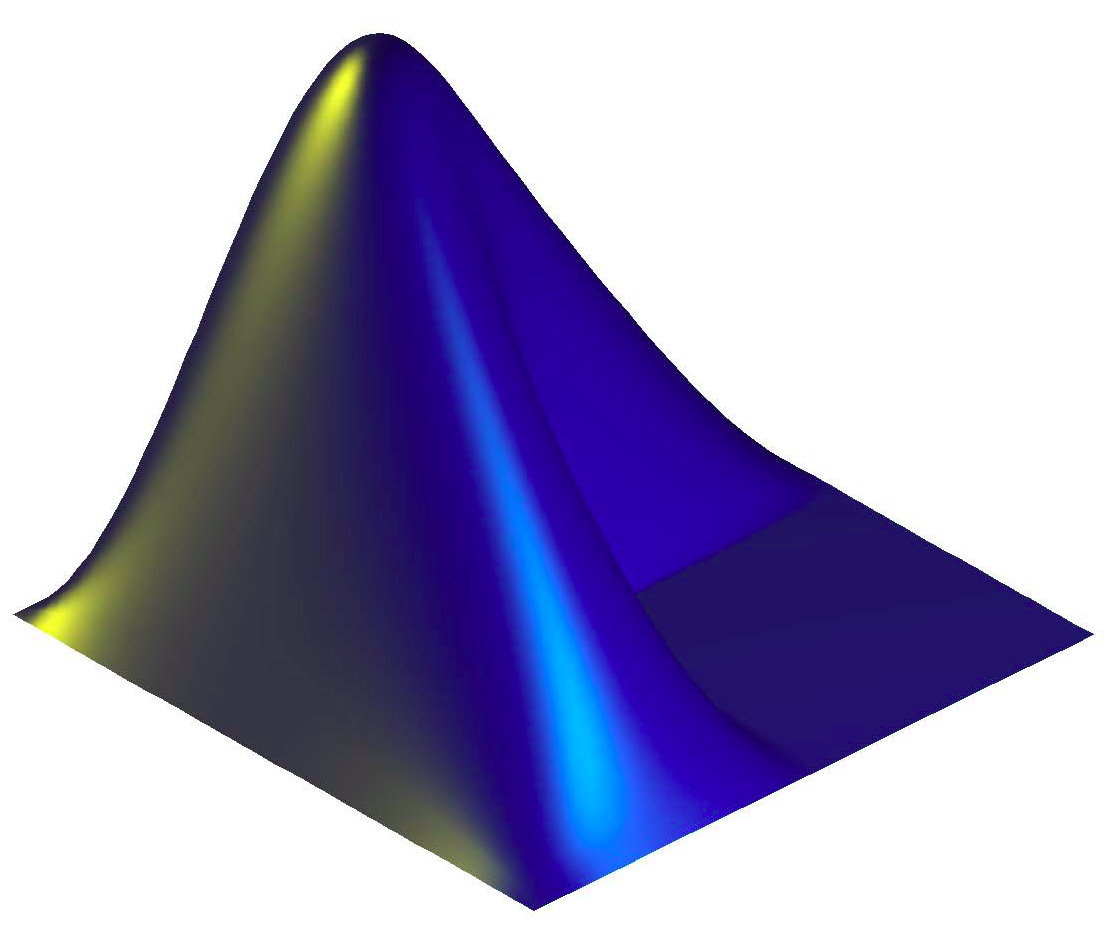-
Notifications
You must be signed in to change notification settings - Fork 10
aud.flux
Olivier Lartillot edited this page May 11, 2017
·
1 revision
Specialisation of the general signal processing operator sig.flux focused on auditory modelling
Same as in sig.flux.
-
aud.flux(…,'SubBand')decomposes first the input waveform using a 10-channel filterbank of octave-scaled second-order elliptical filters, with frequency cut of the first (low-pass) filter at 50 Hz:
sig.filterbank(…,'CutOff',[-Inf 50*2.^(0:1:8) Inf], 'Order', 2)
Alluri and Toiviainen (2010, 2012) introduced this model, using a frame size of 25 ms and half-overlapping, corresponding to the command:
aud.flux(…,'SubBand','FrameSize',.025)
The authors found that fluctuations in the lower channels, around 50 Hz ~ 200 Hz (sub-bands 2 and 3) represent perceived “Fullness”, and those around 1600 ~ 6400 Hz (sub-Bands 7 and 8) represent perceived “Activity”.
Alternatively, other filterbanks proposed in SigFilterbank can be specified, using the syntax:
-
aud.flux(…,'SubBand','Gammatone')
aud.flux(…,'SubBand','2Channels')
Same as in sig.flux.

